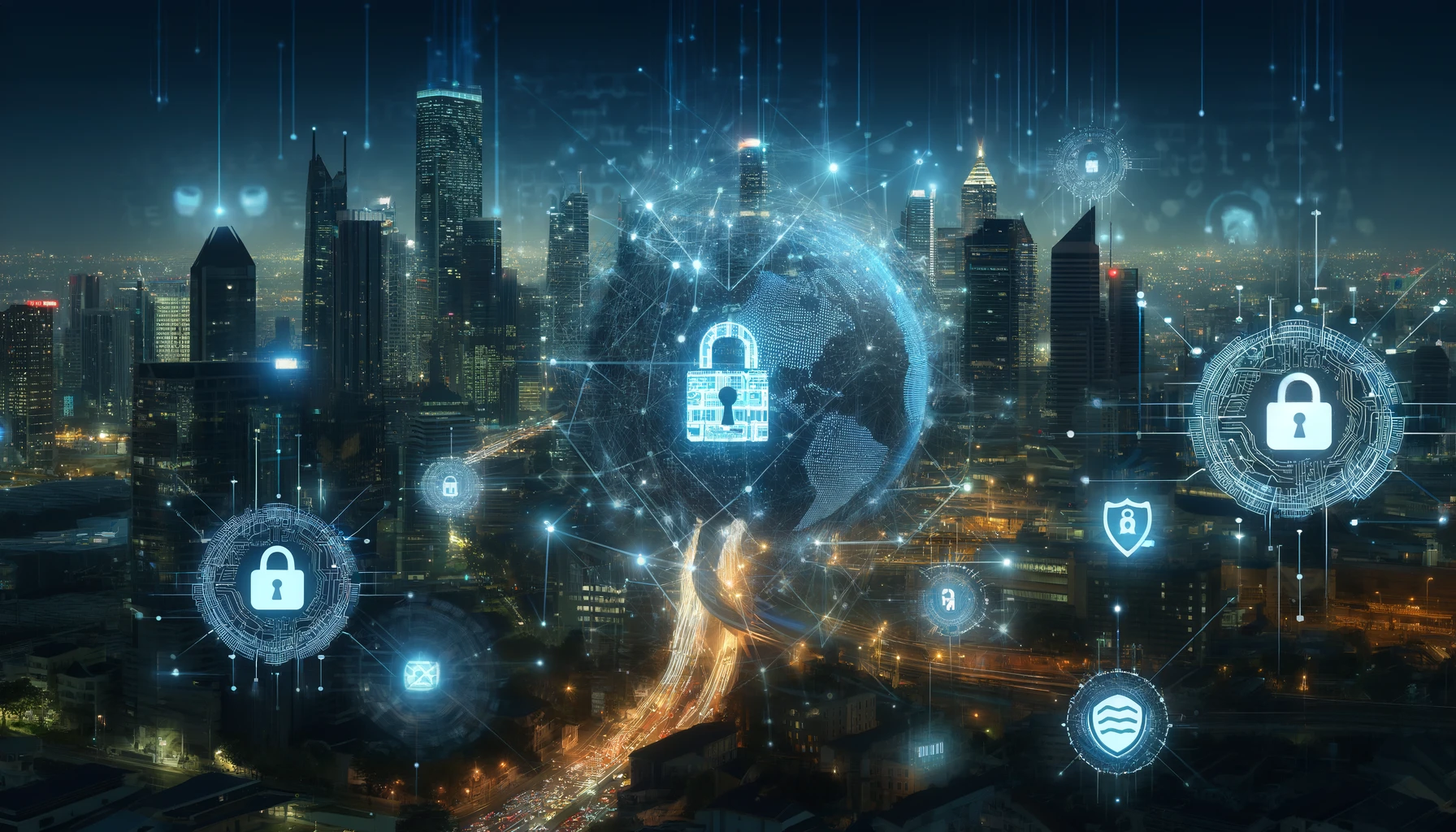Cybersecurity Challenges for Modern Enterprises
In an era where digital transformations are ubiquitous, cybersecurity remains a pivotal concern for modern enterprises. As businesses increasingly rely on technology, they expose themselves to a growing spectrum of cyber threats. This article explores the latest cybersecurity threats, offers expert insights, and presents case studies on recent security breaches to help businesses bolster their defenses.
Emerging Cybersecurity Threats
- Ransomware Attacks: These continue to evolve, with attackers now leveraging double extortion tactics. They encrypt the victim’s data and threaten to release it publicly unless the ransom gets paid.
- Phishing Scams: With more sophisticated social engineering techniques, phishing attacks are now more deceptive, targeting employees to gain confidential information.
- Supply Chain Attacks: Attackers infiltrate a business’s supply chain to distribute malware or gain unauthorized access to data. A recent example involves software updates being compromised to distribute malicious code.
- Cloud Vulnerabilities: As enterprises shift to cloud-based solutions, they face challenges securing data and ensuring comprehensive platform compliance.
- Internet of Things (IoT) Threats: The proliferation of IoT devices has expanded the attack surface, with many devices lacking robust security features.
Expert Insights
Jane Doe, Cybersecurity Analyst at SecureTech Inc., stresses the importance of proactive defense strategies. “Businesses must invest in advanced threat detection and response systems. Regular security training for employees is also crucial to mitigate the risk of social engineering attacks,” she advises.
John Smith, CISO at Innovate Enterprises, highlights the role of AI in cybersecurity. “Artificial intelligence can significantly enhance our security posture by identifying and neutralizing threats faster than traditional methods,” he notes.
Case Studies of Recent Security Breaches
Case Study 1: The Acme Corp Ransomware Incident In June 2023, Acme Corp suffered a severe ransomware attack that encrypted critical data and disrupted operations for several days. The breach occurred through a phishing email that an employee inadvertently responded to. The incident highlights the need for rigorous employee training and robust email filtering solutions.
Case Study 2: Supply Chain Breach at GlobalTech GlobalTech experienced a supply chain attack in late 2022, where a compromised software update installed backdoors in the company’s network. This case study emphasizes the importance of rigorous security assessments for third-party vendors and the implementation of secure software development practices.
Protecting Your Business
To safeguard against these threats, businesses should adopt the following cybersecurity practices:
- Regular Security Assessments: Conduct thorough vulnerability scans and penetration testing to identify and mitigate potential security weaknesses.
- Employee Training: Implement ongoing cybersecurity training programs to educate employees about the latest threats and safe practices.
- Advanced Security Technologies: Utilize AI-driven security tools for real-time threat detection and response.
- Data Backup and Recovery Plans: Ensure robust backup protocols are in place to quickly restore data in the event of a breach.
Conclusion
The landscape of cybersecurity is dynamic and requires continuous vigilance and adaptation. By understanding the latest threats, leveraging expert insights, and learning from recent breaches, enterprises can better prepare and protect themselves from the ever-evolving cyber threats.



